Mt Rainier, by Tisha Clinkenbeard
From one of the scenic outlooks in Mount Rainier National Park you can see the majestic beauty of Mount Rainier. Mount Rainier is an active volcano and ascends to 14,410 feet above sea level in the state of Washington. We went to the Park in June and the snow was still on the ground and the six rivers that the peak feeds were flowing fully and drawing tourists at every turn.
Nikon P90 | Exposure 1/470sec @ f/6.3 | ISO 64 | Focal Length 6.6mm
Mt Rainier, by Tisha Clinkenbeard
Award Winner: Photo of the Day | December 11
Award Score: 60 (Value 12, Clarity 12, Composition 15, Style 11, Skill 10)
Photo of the Day Award Category: Nature Photography
Photograph Location: Mount Rainier, Washington | The United States
Photographer: Tisha Clinkenbeard (Powderly, TX, USA) Registered
Tisha Clinkenbeard works have been in exhibits at The Fine Arts Center of Hot Springs, Black Box Gallery in Portland, and in several fine art shows in Texas. She believes photography captured her years ago before we had the digital wonders for cameras. Her life offers many opportunities to capture the things that she sees as she wanders this earth. Her goal is to share what she finds Round & About – which was the inspiration for her photo blog: foundroundandabout.com. Two of Tisha’s photos have been appeared in the Birds & Blooms monthly online newsletter – April and December of 2011.
Website: http://foundroundandabout.com
Gallery: http://fineartamerica.com/profiles/tisha-clinkenbeard.html
Facebook Page: https://www.facebook.com/pages/Found-Round-AboutTisha-Clinkenbeard-Photography/

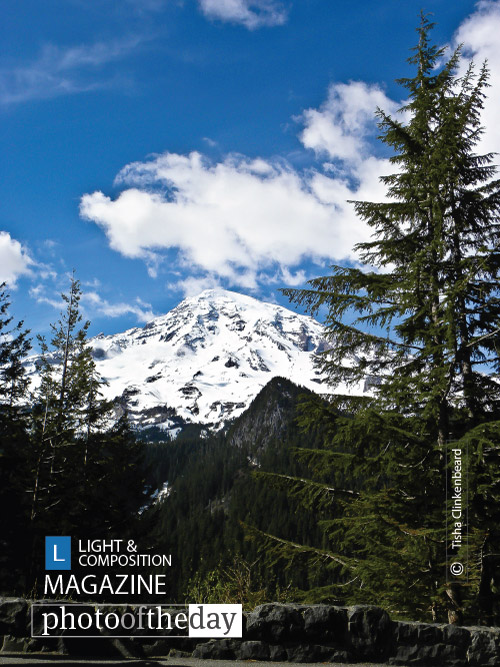

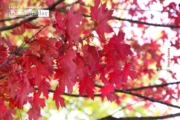
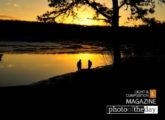
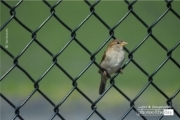

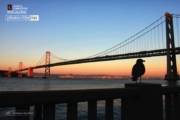
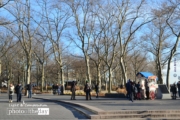



I make these comments with consideration that the title of the magazine is Light and Composition. In my view, taking the photo strictly as given, without reference to any narrative involving the probable difficulties and hardships in the shooting, I see two separate photos with independent strengths that do not reinforce each other. The first is the nearer mountain with its trail reaching to its top, possibly capped by some of the Mt. Ranier snow. The second, and likely the intent of the image, is of course the snow covered Mt. Ranier itself, with the cloud cover.
Did the photographer not have a longer lens to exclude the major portion of the near mountain, or was it an editorial decision that a conventional, and relatively frequently seen longer, scenic and perhaps more pleasant view would better relate to their audience, or were there simply no better choices to be made for the day?
I raise the issue because this attempt to include so much potential drama in a landscape is not uncommon, and more often than not seems to me to be detrimental to the photos in question.